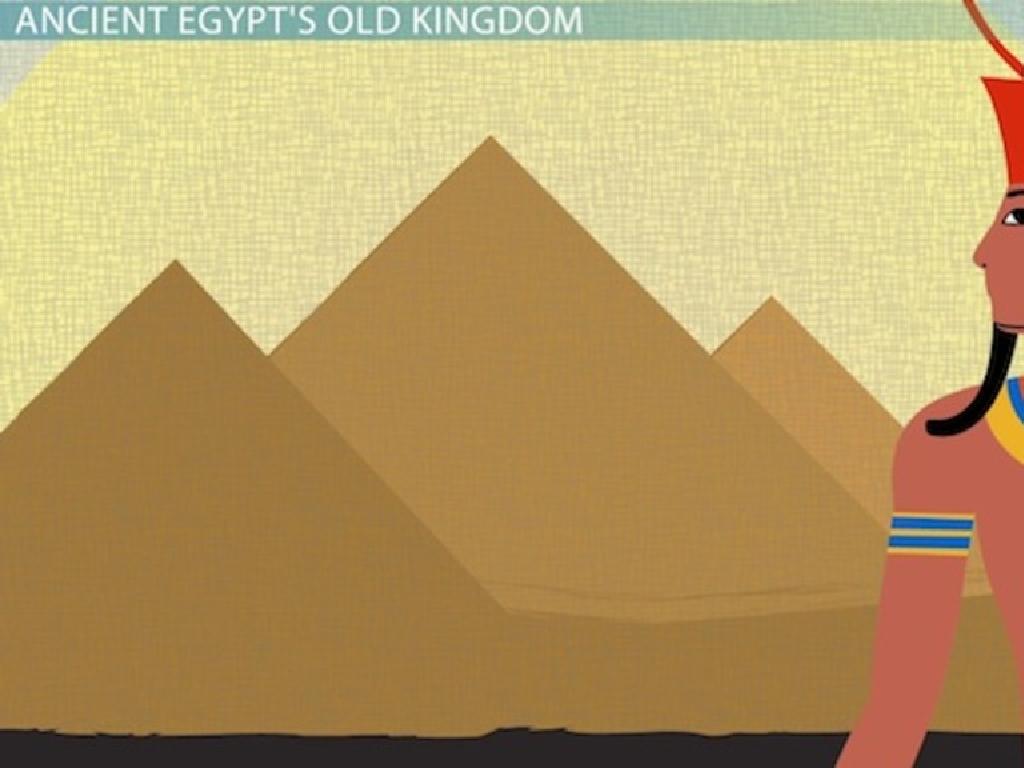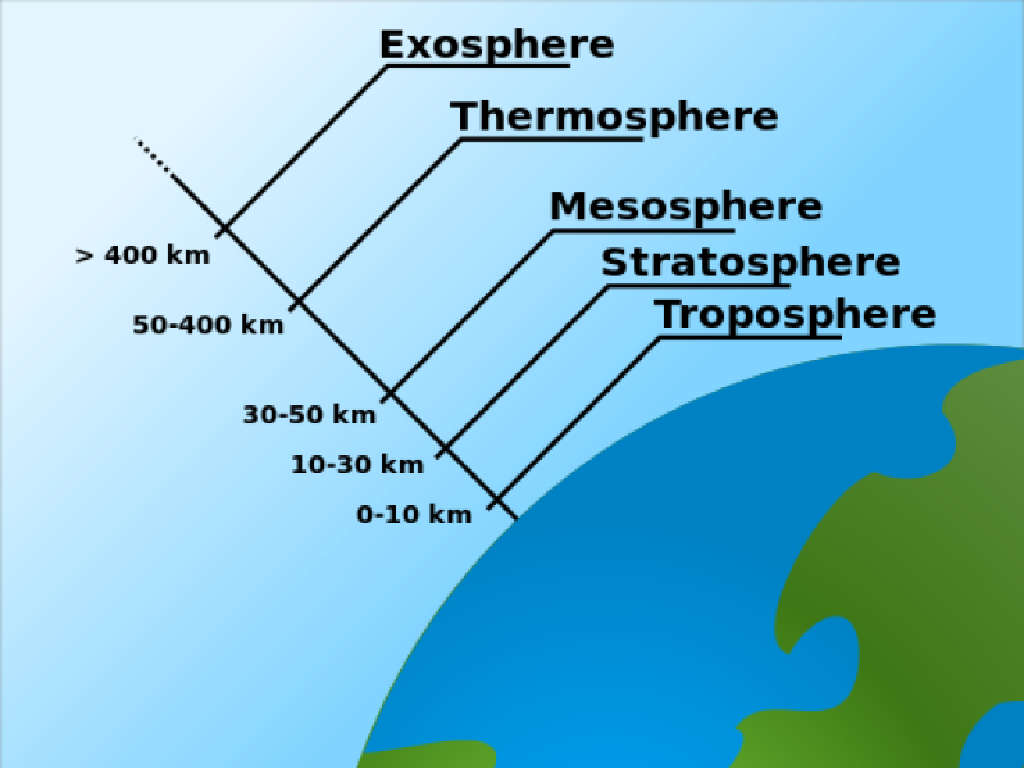Identify And Select Countries Of Northern And Central America
Subject: Social studies
Grade: Sixth grade
Topic: The Americas: Geography
Please LOG IN to download the presentation. Access is available to registered users only.
View More Content
Exploring Northern & Central America
– Geography of The Americas
– The Americas consist of diverse landscapes and climates.
– Significance of Northern & Central America
– These regions are crucial for their cultural, economic, and ecological roles.
– Today’s learning objectives
– We will identify key countries and understand their geographical importance.
– Engaging with the map
|
This slide introduces students to the geography of The Americas with a focus on Northern and Central America. Emphasize the diversity of landscapes, from the Arctic tundra of Canada to the tropical rainforests of Central America. Discuss the significance of these regions, including their rich cultural heritage, significant economic contributions, and unique ecosystems. Today’s objectives are to help students identify and locate countries in these regions on a map, understand their geographical features, and appreciate their global importance. Incorporate an interactive map activity where students can label countries and notable geographical features to reinforce their learning.
Exploring Northern America
– Identify Northern American countries
– Countries include Canada, USA, and Mexico
– Discuss physical features & boundaries
– Mountains, rivers, and coasts define boundaries
– Explore major landmarks
– Landmarks like Niagara Falls, Grand Canyon
|
This slide aims to help students recognize the countries that make up Northern America, which are Canada, the United States, and Mexico. Discuss the diverse physical features such as the Rocky Mountains, the Mississippi River, and the extensive coastlines that outline these countries. Highlight significant landmarks that are important both culturally and geographically, like Niagara Falls and the Grand Canyon. Encourage students to think about how these physical features and landmarks might influence the life and culture in these countries. Provide a map for better visualization during the presentation.
Exploring Central America
– Countries of Central America
– Guatemala, Belize, Honduras, El Salvador, Nicaragua, Costa Rica, and Panama
– Central America’s Isthmus
– A narrow strip of land connecting two larger landmasses, with water on both sides
– Climate of the region
– Tropical climate with distinct wet and dry seasons
– Ecosystems in Central America
– Rainforests, mountains, and coral reefs are common in Central America
|
This slide aims to help students identify and locate the countries of Central America on a map. They will learn about the isthmus of Central America, which acts as a bridge between North and South America. Discuss the tropical climate of the region, characterized by a wet and dry season, and the diverse ecosystems, including rainforests, mountains, and coral reefs. Encourage students to think about how the geography and climate might affect the lives of people living in Central America. Use maps and images to aid visual learning and engage students with questions about the material.
Cultural Highlights of Northern & Central America
– Diversity in cultures
– Explore the variety of traditions, foods, and arts.
– Geography’s impact on culture
– Mountains, rivers, and climate shape the way people live.
– Languages across regions
– From English and Spanish to indigenous languages.
– Festivals and traditions
– Celebrations like Day of the Dead and Independence parades.
|
This slide aims to give students a glimpse into the rich cultural tapestry of Northern and Central America. Highlight the importance of understanding that culture is not monolithic within these regions, and how the diverse geography from the Rockies to the tropical rainforests influences the way of life, including food, music, and social customs. Discuss the prevalence of different languages, pointing out that while English and Spanish are dominant, many indigenous languages are also spoken. Introduce students to various festivals and traditions, such as the Day of the Dead in Mexico or Independence Day celebrations across the countries, to illustrate the vibrancy of cultural practices. Encourage students to research more about a specific cultural aspect that interests them.
Economic Overview of Northern & Central America
– Major industries in the regions
– Agriculture, manufacturing, and tourism are key sectors.
– Geography’s impact on economy
– Mountains, rivers, and coasts shape local economies.
– Trade dynamics and resources
– Exports include electronics, vehicles, and agricultural products.
– Economic interdependence
|
This slide aims to provide students with an understanding of the economic landscape in Northern and Central America. Discuss how the diverse geography, including mountain ranges and extensive coastlines, contributes to the economic activities such as agriculture in the plains and tourism along the coasts. Highlight the importance of trade agreements like NAFTA and CAFTA-DR in shaping the economic relations and trade patterns. Emphasize the variety of resources found in these regions, from minerals to crops, and how they are traded globally. Encourage students to think about how the economy of a country can affect their daily lives and the products they use.
Political Geography of Northern & Central America
– Political systems overview
– Different governments exist across regions, e.g., democracies, republics.
– Geography’s impact on politics
– Mountains, rivers, and resources shape borders and policies.
– International relations basics
– Neighboring countries often trade, negotiate, and form alliances.
– Discuss countries’ interactions
|
This slide aims to introduce students to the complex interplay between geography and politics in Northern and Central America. Start by discussing the variety of political systems present in these regions, from democracies to republics, and how these systems govern countries differently. Highlight how natural features like mountains and rivers can influence political boundaries and decisions, such as resource management and defense. Introduce the concept of international relations, explaining how countries within the Americas interact with each other through trade, diplomacy, and sometimes conflict. Encourage students to think about how the United States interacts with its neighbors like Canada and Mexico, and the role geography plays in these relationships.
Map Labeling Activity: Exploring Northern & Central America
– Label countries on a blank map
– Mark capitals & major landmarks
– Identify cities like Mexico City, Ottawa, and others
– Pair up for collaborative learning
– Discuss findings with the class
– Share what you’ve learned about each country’s geography
|
This class activity is designed to help students visually identify and memorize the countries of Northern and Central America, along with their capitals and significant physical features such as mountains, rivers, and lakes. Working in pairs fosters teamwork and allows students to learn from each other. Provide each pair with a blank map and a list of countries, capitals, and features to find. After the activity, have a class discussion to review the maps and ensure correct labeling. Possible variations of the activity could include having each pair focus on a specific region, challenging students to find additional facts about each country, or using digital tools for map labeling.
Review: Countries of Northern & Central America
– Recap of Northern & Central America
– Review the geography and countries we’ve covered
– Open floor for questions
– Discuss interesting facts
– Share unique facts about the region’s culture, climate, etc.
– Reflect on what we’ve learned
– Think about the diversity and history of the Americas
|
This slide aims to consolidate the students’ knowledge about the countries of Northern and Central America. Begin with a brief recap of the main points covered in previous lessons, including the geography, climate, and cultural aspects of the region. Allow students to ask any lingering questions they might have, fostering an open discussion environment. Encourage them to share any interesting facts or insights they discovered during their studies or the activity. This is also a time for reflection, to understand the importance of the diversity and history of the Americas. The teacher should facilitate the discussion, ensuring that all students have the opportunity to participate and contribute.
Homework: Explore a Country in Northern or Central America
– Research a country from our lesson
– Include geography and culture
– Cover landforms, climate, and major cities
– Add an interesting fact
– Share about traditions, language, and food
– Essay due date and guidelines
– Could be about history, achievements, or natural wonders
|
For this assignment, students are expected to choose one country from Northern or Central America that we’ve discussed in class and conduct research on various aspects of the chosen country. The essay should include information about the country’s geography such as landforms, climate, and important cities, as well as cultural elements like traditions, language, and cuisine. Additionally, students should find and present an interesting fact about the country, which could be related to its history, notable achievements, or unique natural features. The due date for this essay will be [insert due date], and the criteria for evaluation will include the thoroughness of research, clarity of writing, accuracy of information, and proper citation of sources. This assignment will help students develop their research skills and deepen their understanding of the diverse countries that make up the Americas.

-makes-the-number-sentence-true---up-to-100/addition_subtraction_examples.jpg)




